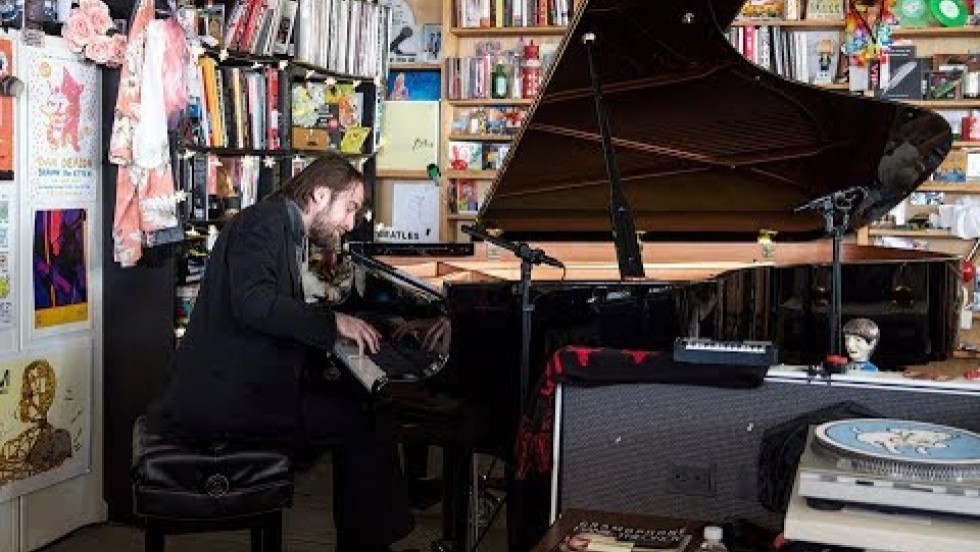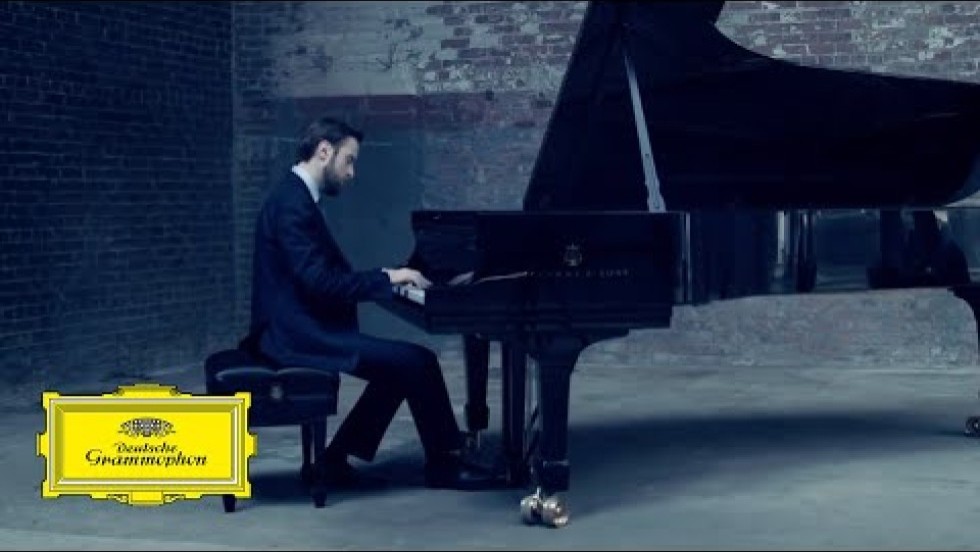The death of Beethoven’s younger brother, Caspar Carl, from tuberculosis in 1815 ignited a bitter, years-long custody battle for Beethoven’s nephew Karl. Despite an eleventh-hour amendment to Caspar Carl’s will granting joint custody to his wife and brother, the pair refused to reconcile (Beethoven nicknamed his sisterin-law “Queen of the Night” after the villainess of Mozart’s Die Zauberflöte (The Magic Flute)). Despite these circumstances, Beethoven managed to compose in those years twenty of his thirty-three “Diabelli” variations, fragments of the Ninth Symphony, and his Hammerklavier Piano Sonata.
Beethoven’s legal battles drained both his creative energy and his pocketbook. He wrote to his secretary Ferdinand Ries that the Hammerklavier “was written in distressing circumstances, for it is hard to compose almost entirely for the sake of earning one’s daily bread; and that is all I have been able to achieve.” Desperate for funds, he even expressed willingness to publish the work in London with entire movements omitted if it led to better sales.
Of Beethoven’s thirty-two sonatas, only the Hammerklavier contains the composer’s metronome markings. The wind-up metronome he used was invented in 1815, by which point the first twenty-seven sonatas had already been completed. The opening tempo marking indicates an imposing 138 beats per minute; the difficulty of this tempo has fueled countless debates regarding the accuracy of Beethoven’s metronome. Franz Liszt, who gave the first public performance of the Hammerklavier fifteen years after its publication, faithfully adhered to this marking and chastised anyone who played it slower (though he was known to reduce the tempo of the third movement).
Pianist and teacher Kenneth Drake calls the Hammerklavier “a work of extremes in terms of its length, its technical difficulty, and the cerebral concentration it requires. Its allure is its dimensions, a keyboard Ninth Symphony and Grosse Fuge combined under one’s ten fingers.” It begins with a bold upward leap and confident fanfare followed by lyrical calm. This dichotomy of tension and relaxation, of confidence and reticence, of sound and prolonged silence, sets the tone for the movement.
The Scherzo opens with a parody of the first movement’s main theme; the motif of an ascending and descending third figures prominently, almost obsessively. A subtle turn to a minor key in the trio section echoes the opening melody of Beethoven’s Eroica Symphony. This brief movement delights in the unexpected: abrupt shifts in texture, dynamic, and tempo punctuate the music; wry pauses interrupt the narrative. A six-octave upward flourish brings back the opening scherzo material, which repeats before a sudden pianissimo finish.
The lengthy third movement forms the emotional core of the Hammerklavier. It has been described as “the apotheosis of pain;” one early Beethoven biographer deemed it a “mausoleum of collective sorrow.” Beethoven makes extensive use of the una corda pedal with detailed instructions on how to use it. This pedal dampens the volume and dulls its tone, the hammer striking only one of the three associated string; here, the effect is one of constrained, ethereal sadness.
Inchoate, unshaped musical thought struggles to coalesce in the introduction of the final movement. Fragmented material advances in fits and starts until high trills signal the beginning of a massive, three-voiced fugue. The fugue contains three distinct themes, all of which Beethoven develops using a wealth of traditional devices including augmentation (slowing down the original note values), inversion (stating the theme upside down), and stretto (introducing a second statement before the first has finished). At a grand pause halfway through the movement, Beethoven introduces the sweet, songlike third theme, first played una corda. After extensive exploration of these themes, the fugue concludes in a trilling, triumphant fanfare.
© Andrew McIntyre, 2023






